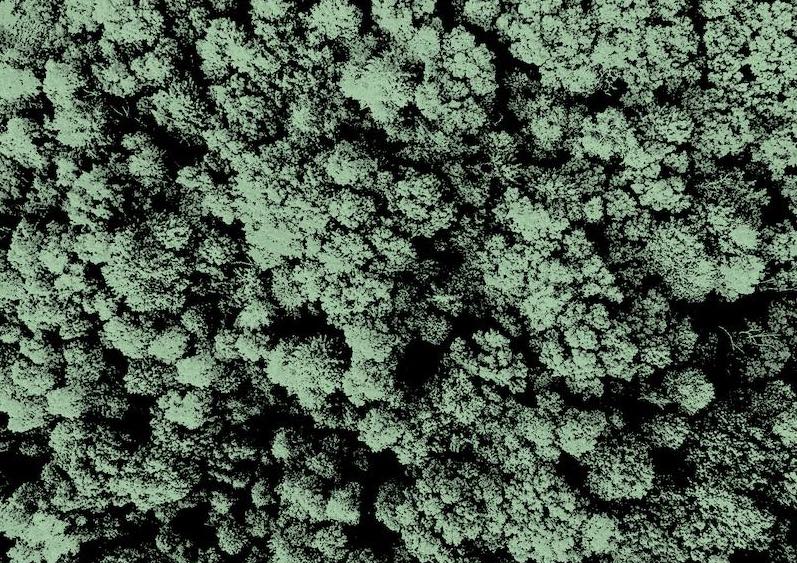What is it about?
This paper is a typological exploration of the nominal classification systems found in the Austronesian languages of Taiwan, with special focus on their meanings, forms and functions within the Austronesian typological context.
Featured Image
Why is it important?
Ross (forthcoming) reconstructs numeral classifiers to the Proto-Austronesian level. The presence of numeral classifiers across the Austronesian languages of Taiwan demonstrates their relative antiquity in the family in agreement with Ross’ reconstruction. Six Austronesian languages of Taiwan are examined in this paper, including Paiwan, Puyuma, Rukai, Saaroa, Saisiyat, and Tsou. Among these languages, Paiwan has a relatively large genuine classifier system consisting of sortal classifiers and mensural classifiers. Puyuma, Rukai, and Saaroa have a small classifier system, with sortal classifiers found only. Saisiyat and Tsou do not have a genuine classifier system, though a number of verbal action classifiers and measure words are found.
Perspectives
This paper offers a descriptive account, and is the first in-depth study of classifiers of the Austronesian languages of Taiwan from a typological perspective. The development of classifier systems can be traced back to the Pro-Austronesian stage. Despite the limited number of classifiers, their special forms and functions afford a unique opportunity to delve into the small set of classifier systems within the Austronesian typological context and thus enrich classifier studies across the languages of Asia.
Chia-Jung Pan
Beijing Normal University
Read the Original
This page is a summary of: Numeral classifiers in the Austronesian languages of Taiwan, Asian Languages and Linguistics, December 2022, John Benjamins,
DOI: 10.1075/alal.22017.pan.
You can read the full text:
Contributors
The following have contributed to this page







